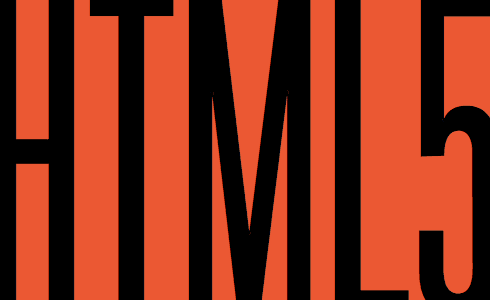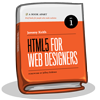Three times a week I work out hard with a trainer at a gym. It’s like sex. I don’t mean it feels good. On the contrary, it hurts. And I don’t mean there’s cuddling after. What makes my hard workouts like sex is that they’re followed by a spacey bliss in which there is no atom of desire. When I’m lying on that post-workout stretching table, gazing vaguely at the ceiling, Christina Hendricks could sashay by wearing a G-string made of thousand dollar bills and carrying a plate of spaghetti, and there’s nothing I would want from her.

Our industry rewards long hours in the cubicle and for many of us, it shows—especially as we get older.
Sometimes I wonder whether I became soft because of what I do, or chose what I do because it suits a lifestyle in which “physical activity” means answering the door when the pizza guy arrives.
For years I worked out three times a week, but with no results—partly because I didn’t know what I was doing, and the rest because when it got tough or boring, I quit. Hence the trainer.
The good client
My trainer tells me what to do next and I just do it. She’s the expert, I’m the client. I value her wisdom and experience and try to make each session a learning experience as well as a cardiovascular one.
I’m fortunate to have had good and bad clients. I know how to be a good client. The real value of a client services relationship isn’t what happens during the hours when client and consultant work together; it’s about what happens after. Like everything meaningful in life, the client services relationship is about change.
We don’t create taxonomies, layouts, content strategies and templates as a one-time deal, so the client’s content and design can be frozen in amber. We create them so the client has a framework for continuing to evolve their website into the future, with or without our help. Good clients know this. And they also know that, regardless of time and budget, we can’t do everything for them.
They know that it’s better to concentrate on getting a few things right than to try to cram every conceivable wish and feature into their time with us. Trying to do everything is a way to achieve nothing. Focus, concentration and form are what’s important. Consistency is what’s important. It’s all about the process. As in client services, so at the gym. End analogy.
Modest goals, steady commitment
I’m never going to look like Arnold, and that’s not my goal. My goal is to live a bit longer, and to enjoy life more. I already enjoy walking upstairs a lot more than I used to. Even when I’m alone on a Sunday afternoon, I’m more likely to do something physical (even if it’s just taking a photo walk instead of sitting at the computer) than I was two months ago.
And when I do sit at the computer, I’m more alert, more focused, less likely to need an artificial stimulant to get through my day.
There’s nothing special about what I’m doing, except that I’m doing it. Some old friends and some people I work with inspired me by their example. To them, thanks. Also to my ex, who advised me to give myself this gift.
Starting this weekend, I’ll be in Boston for An Event Apart. Travel usually translates to bad (i.e. overly rich) eating, which can undermine a fitness regime. Between creamy Boston clam chowder and the piles of candies and cakes with which our event planner Marci punctuates An Event Apart sessions, temptation will be everywhere. And while I can’t promise to be perfect, I will strive to put my heart before my sweet tooth.














